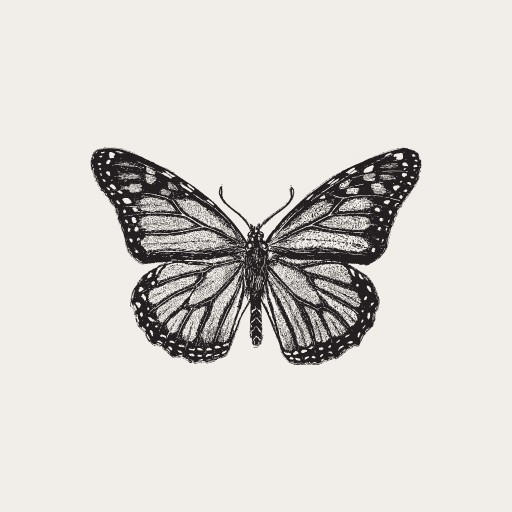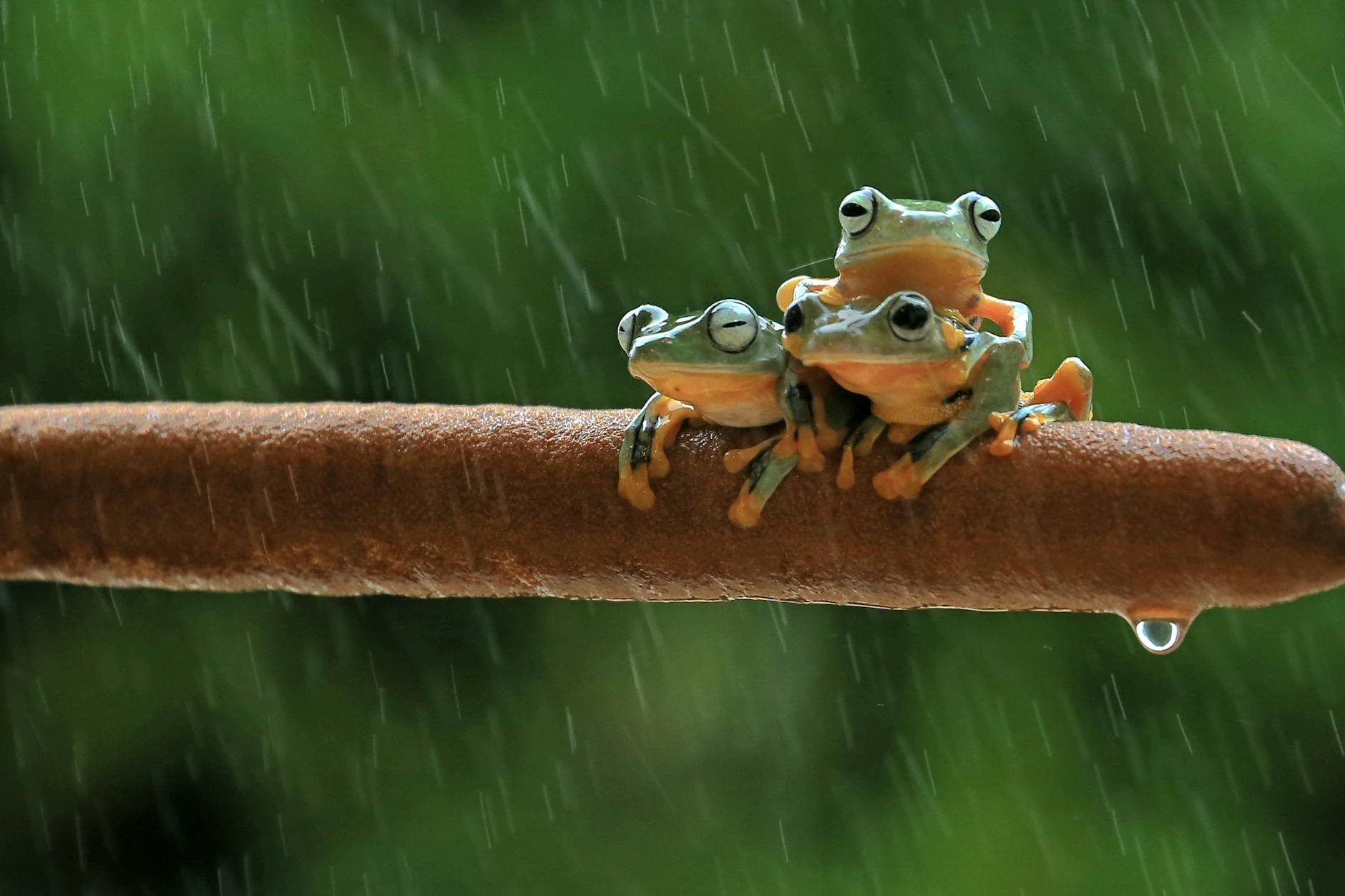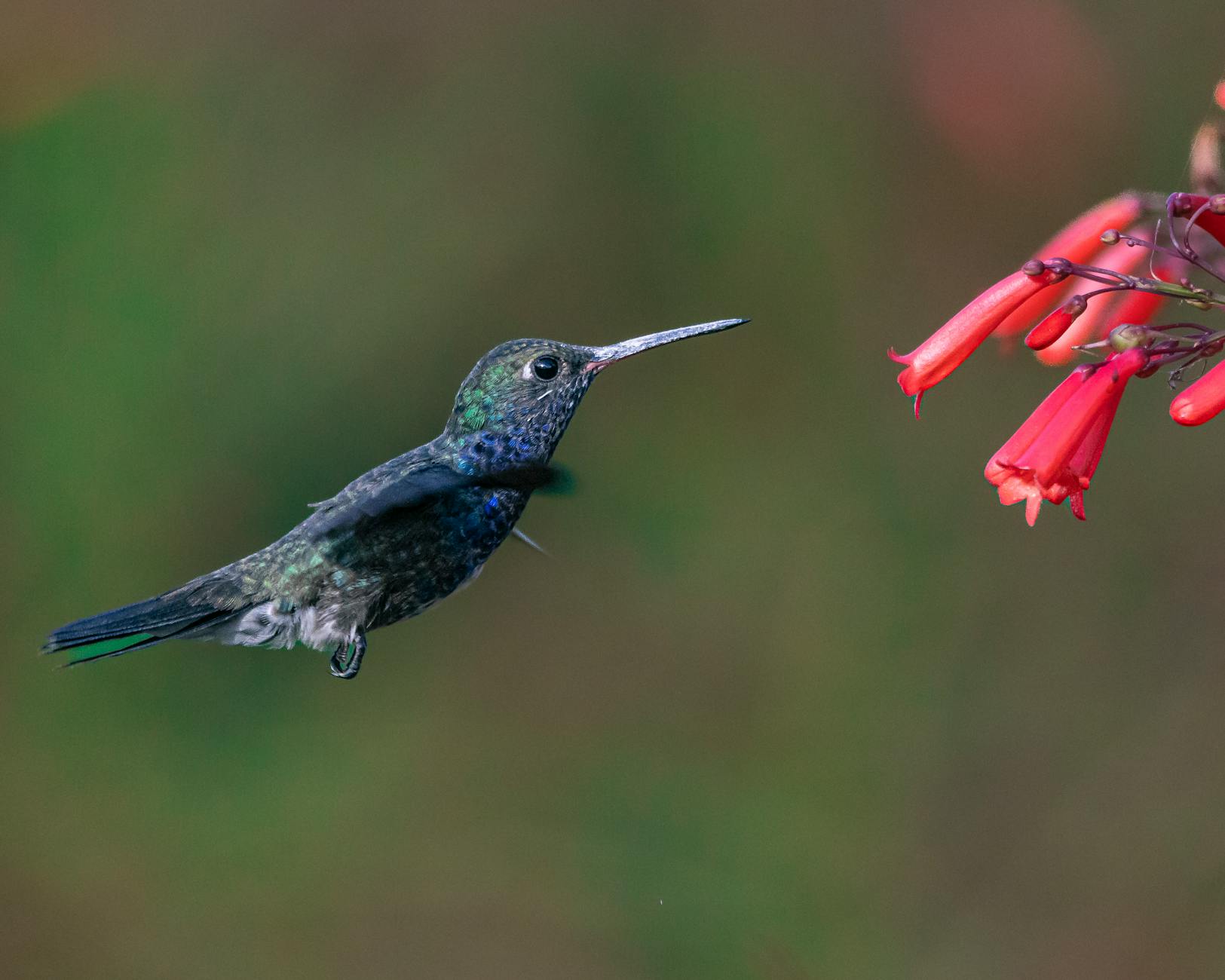How Frogs, Toads, and Salamanders Benefit
Amphibians—frogs, toads, and salamanders—play an essential role in our ecosystems. These remarkable creatures are not only beautiful and fascinating to observe, but they also serve as indicators of environmental health, helping us understand the well-being of the habitats they occupy. However, their populations are increasingly threatened by habitat loss, pollution, and climate change. One simple yet powerful way we can help these creatures is by planting native species in our own backyards to create a habitat that supports their survival.
Native plants offer many benefits, not only to local wildlife but also to the broader environment. In this article, we’ll explore how native plants can help create the ideal habitat for amphibians, providing them with the food, shelter, and moisture they need to thrive.
Understanding the Needs of Amphibians
Amphibians are unique creatures that live part of their lives in water and part on land. Frogs, toads, and salamanders are all highly dependent on moisture, which makes them vulnerable to the drying effects of climate change and habitat destruction. They need access to clean, fresh water to breed and to keep their skin moist. As they move between land and water, they rely on habitats that are rich in native vegetation, which provides them with the shelter and food sources they require.
These creatures also rely on specific environmental conditions for survival. Frogs and toads, for example, need places to hide from predators, lay eggs, and find prey. Salamanders prefer moist, shaded areas where they can burrow into the earth and remain protected from extreme temperatures. By planting native species, we can offer these amphibians a safe, nurturing environment that meets their needs.
Why Native Plants Are Ideal for Amphibian Habitats
Native plants are perfectly adapted to the local climate and ecosystem, making them an ideal choice for creating habitats for native wildlife. Unlike non-native plants, which may struggle to survive and often require more water, fertilizers, and pesticides, native plants thrive on their own, reducing the need for harmful chemicals and extra resources.
One of the biggest advantages of native plants is their ability to retain moisture. Many native species are moisture-loving, which makes them particularly valuable for amphibians that depend on wet conditions to thrive. Native plants also help maintain healthy soil by preventing erosion and promoting good drainage—essential for the moisture needs of amphibians. Additionally, native plants often provide the food sources that amphibians rely on, such as insects, snails, and other small invertebrates.
In creating a habitat for amphibians, the diversity of native plants you choose plays a vital role. A combination of moisture-loving plants, grasses, shrubs, and trees creates a multi-layered habitat with varied microclimates. This layering of plants offers different types of shelter, from the cool shade provided by trees to the sheltered spaces found beneath fallen leaves or dense underbrush. These diverse plant layers support a variety of invertebrates and small creatures that amphibians rely on for food.
Creating an Amphibian-Friendly Habitat with Native Plants
To create an ideal amphibian habitat, it’s important to choose plants that are native to your region. Local plant species will be best suited for the environment and will attract the appropriate wildlife. Depending on your area, this may include moisture-loving plants like ferns, rushes, and sedges, as well as flowering plants that attract insects.
Consider adding a water feature, such as a pond or a small stream, to your garden. Amphibians, especially frogs and salamanders, need water to breed and to stay hydrated. A pond with aquatic plants, such as water lilies or water moss, will provide not only a safe place for amphibians to lay eggs but also a habitat for their larvae (tadpoles) to develop. It’s important to keep your water feature chemical-free to ensure the water remains safe for amphibians.
Adding elements like fallen logs, rocks, or brush piles can also help create shelters for amphibians. These spaces offer a place for frogs to hide during the day or for salamanders to retreat during dry spells. Additionally, try to create areas of natural leaf litter or mulch where amphibians can burrow and stay cool.
Amphibian Behavior and the Benefits of Native Plants
Amphibians are opportunistic creatures, and they rely on native plants to meet several critical needs. Frogs and toads need plants for shelter and places to hide from predators. Shaded areas under plants offer them the cool, moist refuge they need to regulate their body temperature and avoid dehydration. Native plants also offer hiding spots during the breeding season, where frogs and toads can lay eggs safely in water, while keeping larvae protected from the elements.
For salamanders, native plants provide ideal areas to burrow into the ground. These amphibians often seek out areas with moist, decomposing plant matter to stay cool and moist, especially during hot, dry periods. They also rely on small invertebrates—often found in the leaf litter or under rocks— as a food source.
Beyond providing shelter and food, amphibians also contribute to the health of your garden. As they hunt for insects, amphibians help control pest populations naturally, which reduces the need for harmful pesticides. Their presence is also a sign of a healthy ecosystem, as amphibians are highly sensitive to changes in their environment. Their thriving populations indicate that your garden is healthy and well-balanced.
Practical Tips for Encouraging Amphibians in Your Garden
Here are a few tips to ensure that your garden becomes a thriving haven for amphibians:
- Use Mulch to Retain Moisture: Adding organic mulch to your garden will not only help retain moisture for your native plants but will also provide cover for amphibians, helping them stay moist and hidden from predators.
- Avoid Pesticides: Amphibians are highly sensitive to chemicals, so avoid using harmful pesticides in your garden. Instead, encourage natural predators to control insect populations.
- Create Low-Traffic Areas: Amphibians are delicate creatures, so creating spaces in your garden that are less disturbed by human activity can help ensure they have a safe, peaceful environment to thrive.
- Encourage Natural Vegetation Growth: Allowing native plants to grow naturally and avoiding aggressive weeding will create a more stable environment for amphibians and the insects they depend on.
- Install a Pond or Water Feature: A pond or water garden will be a central feature for amphibians to breed, and it’s a great way to add life and movement to your garden.
Real-Life Examples
Across the country, many communities have successfully used native plants to help restore amphibian habitats. For instance, the creation of a wildlife habitat in urban parks with native plants has led to an increase in frog populations in certain areas. Community gardens with ponds and native plants have become home to a variety of salamander species, thriving in their moist, sheltered environments. These real-life examples show us that even small, local efforts can have a significant impact on amphibian conservation.
Supporting Amphibians and Biodiversity with Native Plants
Native plants are vital in creating and preserving habitats for amphibians. By planting a diverse range of native species and incorporating water features, you can help create a thriving environment for frogs, toads, and salamanders. These simple steps not only provide a safe space for amphibians to breed, feed, and shelter, but they also help restore the health of our ecosystems.
As we continue to face environmental challenges, the quiet, steady persistence of native plants and their connection to wildlife like amphibians offers hope. Every little step we take, whether it’s planting a few native plants in our yard or creating a community garden, can make a significant difference in supporting biodiversity and the creatures that rely on these spaces to thrive.
Together, we can create a better world for amphibians and all the creatures that call our gardens home. Let’s nurture our connection to nature, one plant at a time.



